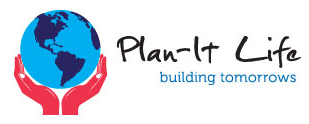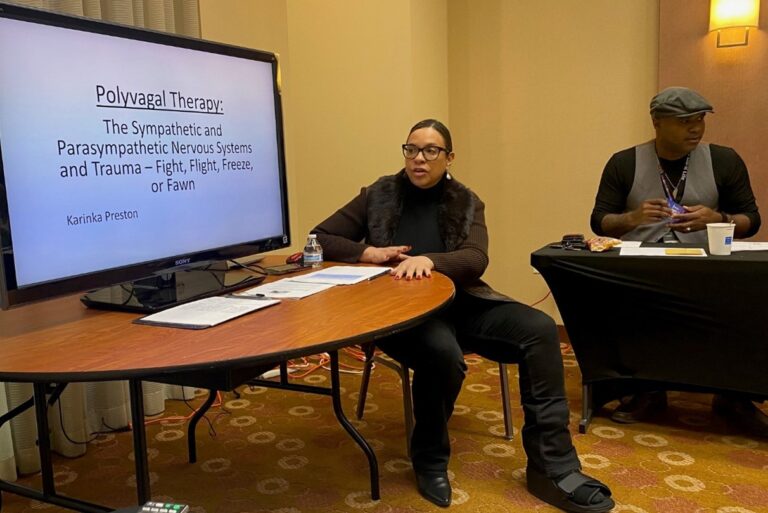I Am NOT For Sale!
Understanding Human Trafficking
Modern human trafficking has its roots in the slavery of yesteryear. Perpetrators still use force, coercion, or fraud to obtain labor or commercial sex. Forbes called human trafficking a pandemic of the 21st century.
Human Trafficking
Human trafficking is a crime that escalates into physical violence, sexual violence, enslavement, and other forms of abuse. This illegal activity is driven by demand – a demand for commercialized sex and cheap “goods.”
It is a thriving business that generates about $32 billion annually. According to UNICEF, about 21 million people fall prey to human traffickers around the world; 5.5 million of them are children. However, prime targets are women and girls.
Human Trafficking in the United States
According to the US Department of State’s “Trafficking in Persons Report 2018,” human trafficking remains a huge global problem.
The report has narratives on every country. Countries are grouped into three tiers. Tier 1 countries meet the minimum standards set by the Trafficking Victims Protection Act (TVPA). However, even though the United States is a Tier 1 country, human trafficking remains a major problem in the US.
A surprising majority of trafficking victims are native-born US citizens, not border crossers. The average age of the victims is 16 years old. Human trafficking crimes are committed in restaurants, hotels, factories, farms, and in private homes, especially for domestic workers who reside with their captors.
How Human Traffickers Lure Their Victims
As long as human trafficking remains profitable, perpetrators will continue to use creative tactics to lure their victims. Here are some of their methods:
-
Romance and Seduction
A male pimp (usually young and good-looking) seduces his victims, who are often teenage girls. The pimps forge romantic relationships with their victims. As the girls fall for the “boyfriend” deception, the romance quickly turns into a physically and emotionally abusive relationship. The pimps blackmail their victims to force them to comply over and over.
Some human traffickers pose as wealthy foreigners and bring their victims to their home countries under the pretense of a romantic relationship. Once the woman arrives, she is immediately subjected to exploitation and prostitution.
-
Fake Jobs
Most victims are tricked by job and travel opportunities that don’t exist. Workers from poverty-stricken countries are easy targets for human traffickers. They seek job opportunities abroad to provide for their families. However, once their “job applications” are processed, they are brought to their overseas “employers” who are actually human traffickers.
Once they arrive, they are made captives and their passports are taken. They are subjected to a process called “breaking in.” The process involves a series of physical, psychological, and emotional abuse, such as threats, torture, rape, and forced consumption of alcohol and illegal drugs. Those who survive the ordeal may have witnessed the deaths of other victims and they complied with their captors in order to stay alive.
-
Sold by Family
There are countries where families suffer extreme hunger and poverty. The desperate parents are pressured to sell their children to human traffickers and are sometimes promised a monthly share of their children’s earnings.
-
Recruitment by Former Slaves
Often, the victims become perpetrators. Most victims enticed into modern slavery perceive their recruiters as well-off. These former slaves are given commissions for every new recruit they deliver into the hands of the human traffickers.
-
Abduction
Abduction is quite rare, as it is difficult to transport victims. These victims are likely to cause a scene and try to escape. Easy targets are young children who are forced to work in isolated fields and farms for long hours.
How to Spot a Victim of Human Trafficking
Anyone has the potential to expose a human trafficking situation. Most victims are kept locked in their quarters when not working. But they may be visible to the public while at work – typically at restaurants, hotels, agricultural lands, construction sites, or elder care centers.
To gain control to trafficking victims, perpetrators use coercion methods such as threats to their family’s safety. The indicators of human trafficking are these red flags:
- They live with their employers.
- They endure poor living conditions.
- Many people share one small living space.
- They’re forbidden to speak with others, except those who are approved by their traffickers.
- They’re not allowed to speak with others on their own.
- Their replies to questions seem scripted or rehearsed.
- There is evidence of physical abuse.
- They are fearful, sometimes afraid to even speak.
- Some are under 18 years old and working in prostitution.
What You Can Do
Some organizations assist human trafficking victims; you may want to contribute to legitimate charities that fight trafficking and assist victims.
You may also help those that you have identified as victims. Assuming you can talk to them alone in a safe place, here are possible questions to ask:
- Are you able to easily walk away from your current job?
- Are you allowed to leave your quarters after work?
- Are you being threatened or prevented from leaving?
- Where do you eat and sleep?
- Is your passport with you or does someone else hold it? If so, who?
- Do you have any identification?
- Do you owe your employer money?
How to Get Help for Human Trafficking Victims
If you are a victim of human trafficking, or if you’ve identified a human trafficking victim who needs help, you can make a report via a live chat to the National Human Trafficking Hotline online at http://humantraffickinghotline.org (or phone 1-888-373-7888). The National Human Trafficking Hotline is a 24-hour, multilingual toll-free call. The hotline accepts calls from all regions in the US.
For emergency situations in the US, call local police via 911.
Reference Links:
https://www.dhs.gov/blue-campaign/what-human-trafficking
https://www.highspeedtraining.co.uk/hub/methods-of-human-trafficking/
https://www.state.gov/j/tip/id/








